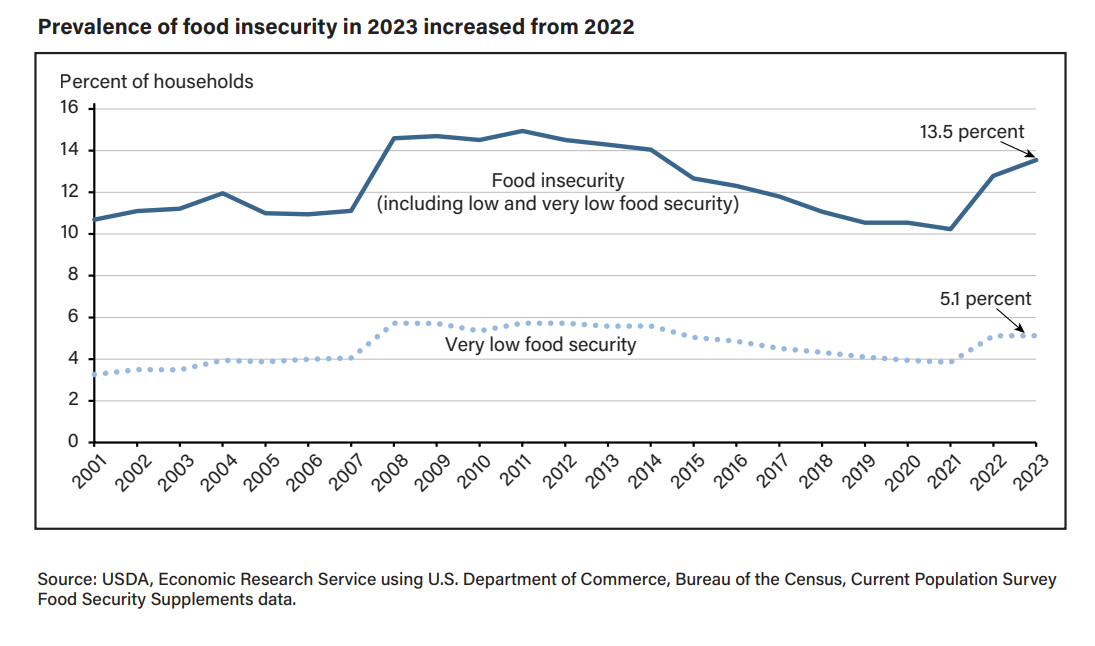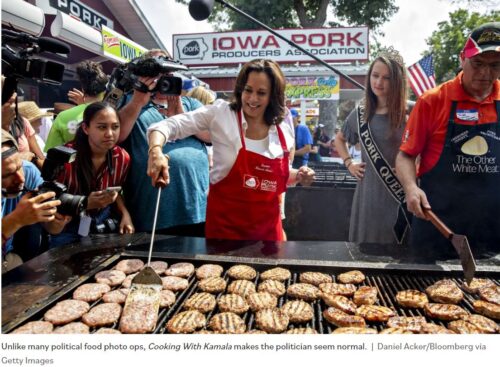Brave new world: Tartrazine (an FDA-approved food color) makes mice transparent
I first read about this in a daily newsletter I subscribe to, Bakery and Snacks: The Doritos effect: How tartrazine turns tissues temporarily transparent. When a study draws parallels with H.G. Wells’ The Invisible Man, you know it’s bound to be captivating. Could this scientific leap bring us closer to achieving a real-life version of Harry Potter’s invisibility cloak?… Read more
An ingredient in Doritos — tartrazine or Yellow 5 — is helping scientists see through the skin of mice. While they can’t see through human skin (it’s thicker and less permeable), this could be helpful in the future for early skin cancer detection. Imagine if it could replace a mammogram? On the other hand, Doritos food coloring is a chemical that the scientists said might not be totally harmless. (And to think so many people are eating it?) Read the Popular Science article about it. It’s fantastic.
Popular Science: The dye in Doritos can make mice transparent. ‘It’s not magic, but it’s still very powerful.’
Because of a counterintuitive fundamental physics principle [selective absorption and scattering of light], Tartrazine, also known as Yellow 5, can temporarily turn biological tissue transparent to the naked eye, as described in a study published September 5 in the journal Science.
The Science study: Achieving optical transparency in live animals with absorbing molecules. Science. Vol 385, Issue 6713. DOI: 10.1126/science.adm6869
We next sought to demonstrate the ability of absorbing molecules to achieve tissue transparency in the mouse abdomen. Specifically, when a tartrazine solution was topically applied to the abdominal skin of a live mouse under anesthesia and gently massaged on the skin (Fig. 1, G and H), the abdominal skin not only darkened in color but also became more transparent in the red window (fig. S8). This transparency effect can be readily visualized with the naked eye and does not require any specialized imaging equipment…The transparent abdomen allowed us to directly observe internal organs, including the liver, small intestine, cecum, and bladder (Fig. 1, I and J). Moreover, we could also discern their movements, such as peristalsis, as well as motions synchronized with the heartbeat and breathing (Movies 1 and 2). The achieved abdominal transparency can be reversed by rinsing and massaging the skin with water (fig. S8).

Tartrazine is a synthetic food colorant classified as an azo dye. It is lemon yellow in color and water soluble. Tartrazine is approved for use as a food colorant in the EU, USA, Canada, and other parts of the world for use in food, cosmetics, and medications. Its use in foods includes dairy products, beverages, desserts, confectionary, spices, dressings, jellies and sauces…It is one of the most commonly used and best known food additives…Of the synthetic food dyes, tartrazine has been implicated most often as a cause of adverse reactions.
Here’s what CSPI says about it.
Yellow 5 can be found in many foods, including beverages, gelatin desserts, candy, and baked goods. It’s the second-most widely used coloring and sometimes causes allergy-like hypersensitivity reactions, primarily in aspirin-sensitive persons, and triggers hyperactivity in some children. It may be contaminated with such cancer-causing substances as benzidine and 4-aminobiphenyl (or chemicals that the body converts to those substances).
Ban the Use of Yellow 5 and Other Food Dyes, in the Interim to Require a Warning on Foods Containing These Dyes, to Correct the Information the Food and Drug Administration Gives to Consumers On the Impact of These Dyes on the Behavior of Some Children, and to Require Neurotoxicity Testing of New Food Additives and Food Colors.
And now here’s another reason not to use it, even though it doesn’t do this in people, apparently. Our skin is too thick.
Addition
A reader points out that tartrazine is on the list of food dyes now banned in California. Good idea.



